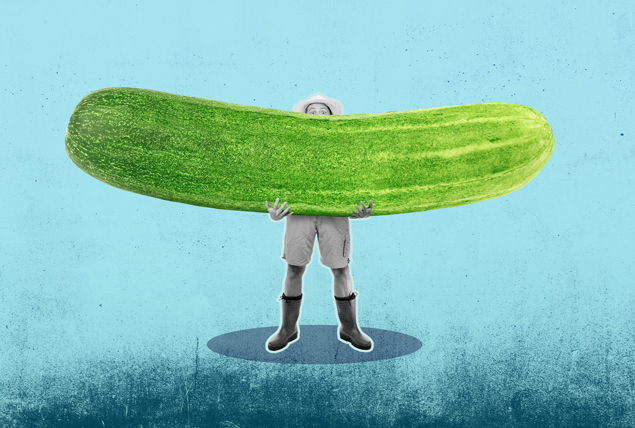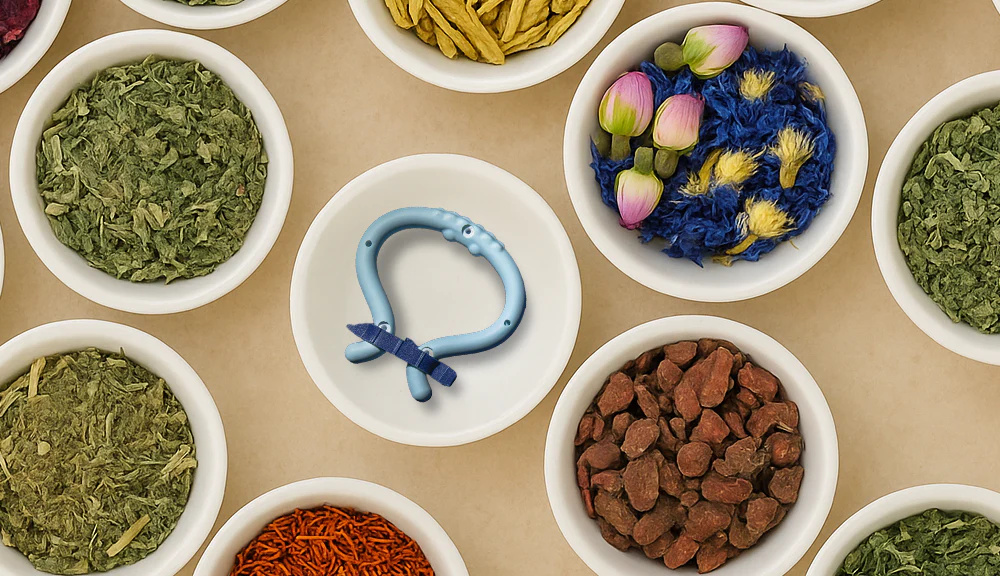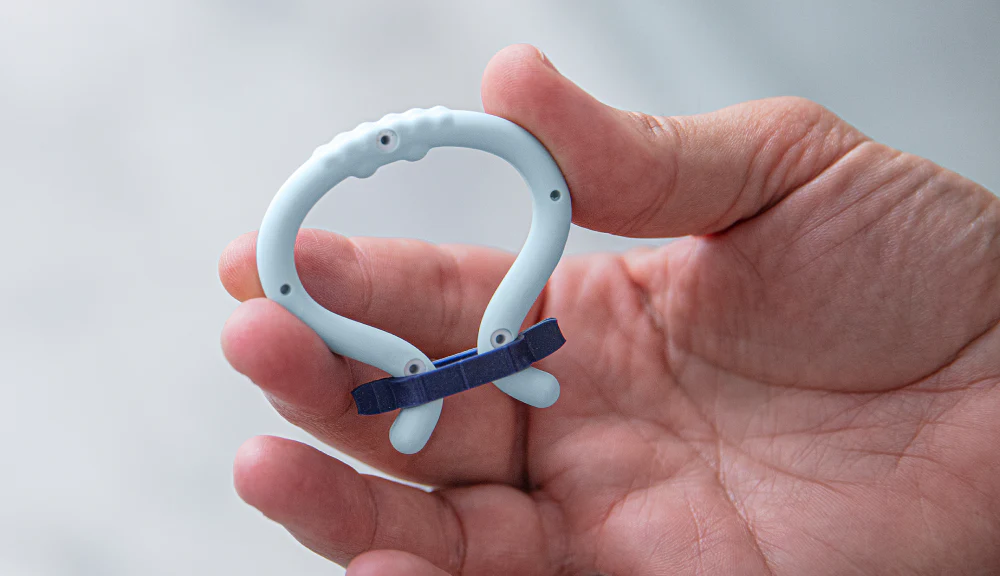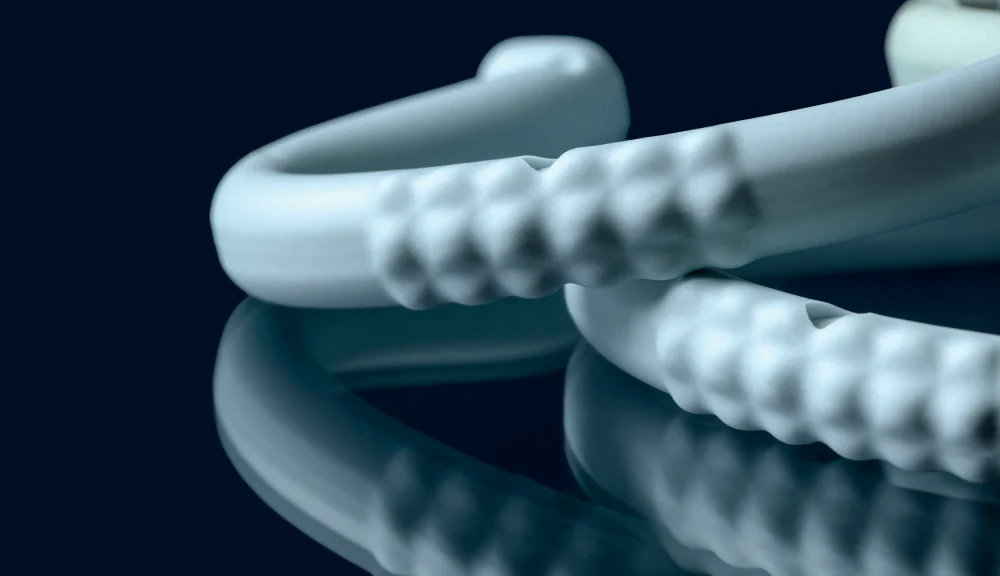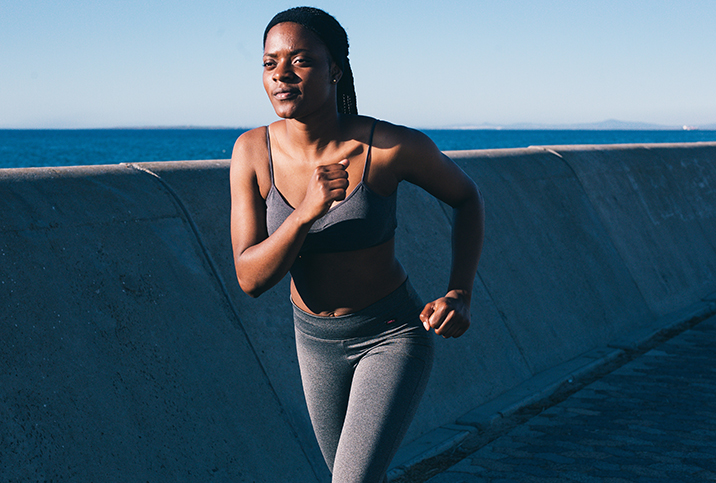Your Nutritional Needs Change Throughout Your Menstrual Cycle
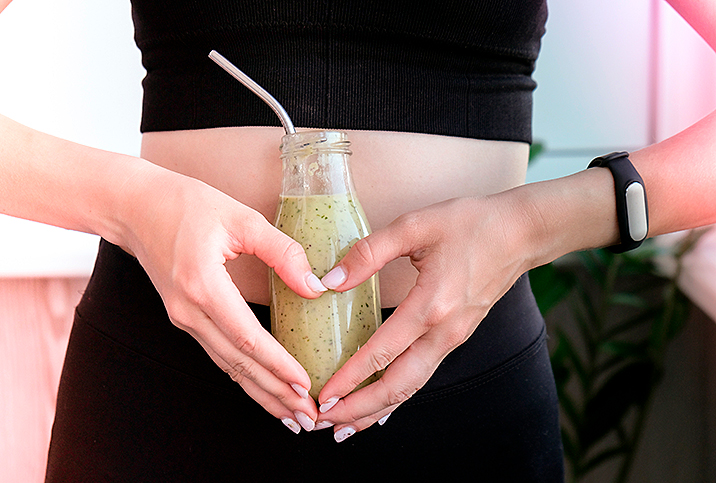
In the media, menstruating women are often depicted as chocolate-loving, hungry animals—but is there any truth to this stereotype? Is there an excuse for a monthly devouring of queso and candy? (Always.)
We talked to the experts on how menstruation affects your appetite, what common cravings mean and the importance of iron—as well as some nutritional recommendations.
From hunger to food aversion
Does your appetite become ravenous when you're on your period? If you're like most women, the answer is probably yes, and don't worry, you aren't alone.
Tokushima University conducted a survey of 311 female students in Japan, looking at how hormonal phases during menstruation change appetite. The results found that 70.4 percent of participants experienced an increased appetite during menstruation.
Appetite is complex, and hormones play a vital role in appetite regulation. Progesterone and testosterone have been shown to stimulate appetite, whereas estrogen suppresses appetite. Research on the menstrual cycle's impact on food intake indicated that how much women ate depended on where they were in their cycle. Food intake was found to be lowest when estrogen levels were high, during the follicular phase of the menstrual cycle (which begins on the first day of your period and continues for 10 to 17 days), and peaked during the luteal phase (after ovulation and before your period starts).
Food cravings
So, now we know why women eat more—but is there a reason for the madness of individual cravings?
Kecia Gaither, M.D., a double board-certified OB-GYN, said food cravings are also related to hormonal fluctuations during menstruation.
"During menses, there is a decrease in estrogen and progesterone. Drops in estrogen can lead to changes in insulin resistance," she explained. "As such, there can exist cravings for foods containing sugar, carbs and calcium. Many women crave chocolate during this time."
Although chocolate is associated with junk food, indulging in this particular craving may not be bad. Cocoa is rich in flavanols, a plant chemical that protects heart health. Dark chocolate (70 percent or higher) contains the most flavanols and has the most health benefits.
'Particularly dark chocolate is good to replace magnesium and potassium. It also aids to satisfy sugar craving, and decrease cramps.'
Besides using the excuse of heart health to eat chocolate on your period, Gaither said chocolate can help alleviate period pain.
"Particularly dark chocolate is good to replace magnesium and potassium. It also aids to satisfy sugar craving, and decrease cramps," she said. "Chocolate additionally has high levels of tryptophan, which aids the body in making 'feel good' neurotransmitters like serotonin in the brain. The magnesium in chocolate can help to decrease depressive symptoms."
Alexandra Kamp, B.ASC, a registered dietitian in Ontario, noted it's common for women to have increased hunger and carbohydrate cravings during PMS. However, she added, the research behind specific types of foods is inconsistent, and current research doesn't point to one clear answer determining if there is a nutritional link between periods and specific food cravings.
To manage cravings, Kamp recommends eating every three to four hours. Protein and healthy fats with fiber-rich carbohydrates are good, healthy options. However, she stressed, there is nothing wrong with listening to your cravings. "We often overeat other foods in an attempt to satisfy the craving with 'healthier' alternatives without actually getting satisfaction," Kamp explained.
The importance of iron
Ten percent of childbearing women in the United States suffer from iron-deficient anemia due to losses from menstruation. "During that time of the month, it is important to increase your iron intake due to blood loss and subsequent loss of iron from it," Kamp said.
Gaither recommends combating this with leafy greens, chicken and beans as sources of iron to counter losses during menstruation.
Kamp noted that our bodies absorb iron from animal sources better than from plants, and recommends consuming more iron-rich foods, such as poultry, fish and red meat. Iron found in animal sources is typically heme iron found in blood and muscle, whereas the iron found in plants is predominately non-heme iron, which isn't absorbed as well by the body.
For non-meat eaters, there are plant-based sources of iron Kamp recommends. "Alternatively, many plant-based foods—including fortified cereals, tofu, edamame and beans—are good sources of iron." She added that pairing iron with foods rich in vitamin C also helps increase absorption. Some foods high in vitamin C include oranges, red peppers and citrus.
Kamp suggests avoiding caffeine as much as possible during menstruation. "Caffeine is an antioxidant in coffee and tea," Kamp said. "It can inhibit iron absorption and potentially make cramps worse." However, it's important to note experts are divided on caffeine's effect on menstruation, and recent studies indicate caffeine does not worsen PMS symptoms.
Nutritional recommendations for period pain
Most women can relate to experiencing at least some pain, such as cramps and headaches, along with nausea, fatigue and mood swings. Gaither suggested a list of foods to try adding to your diet to help ease some of the symptoms:
- Fruits, such as melon and cucumber, help with hydration and curb sugar cravings.
- Leafy green vegetables are a great source of iron.
- Ginger candy or ginger tea has anti-inflammatory benefits and can reduce nausea and vomiting.
- Chicken is a source of iron and protein.
- Omega-3-rich foods, including salmon, nuts and flax seeds, can decrease the intensity of period pain and depression.
- Turmeric is an anti-inflammatory and can help decrease the intensity of period pain.
- Beans are rich in protein and iron.
Maintaining a generally healthy lifestyle is also important in reducing period pain. Drinking enough water to stay hydrated, eating balanced meals and exercising regularly all contribute to good health and better periods.
Understanding what is happening in your body and the role of nutrition throughout your cycle allows you to make empowered choices about the best decisions for your health—no matter where you are in your cycle.







